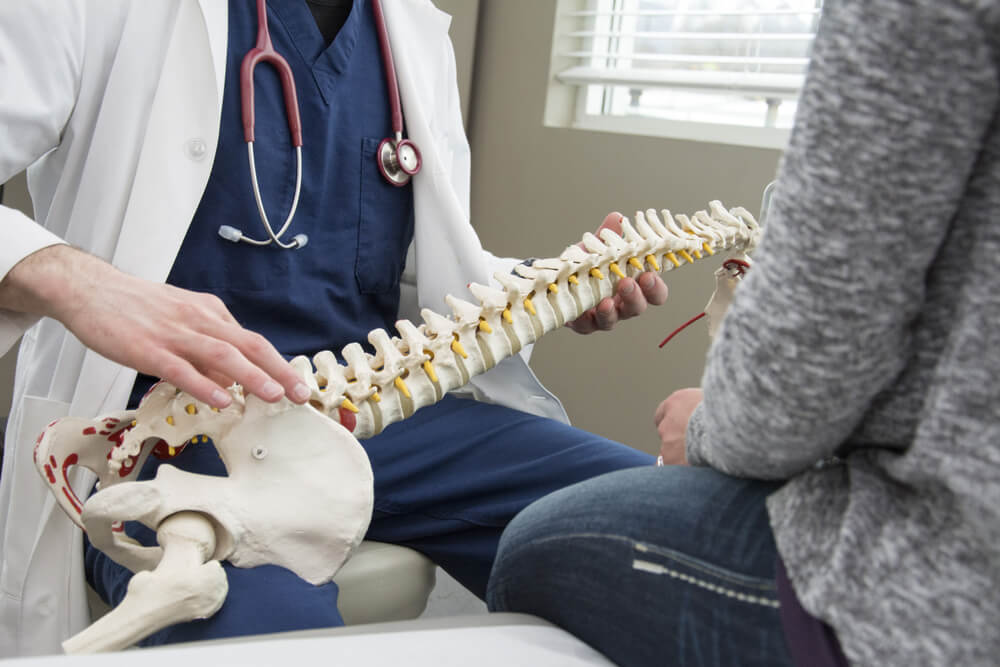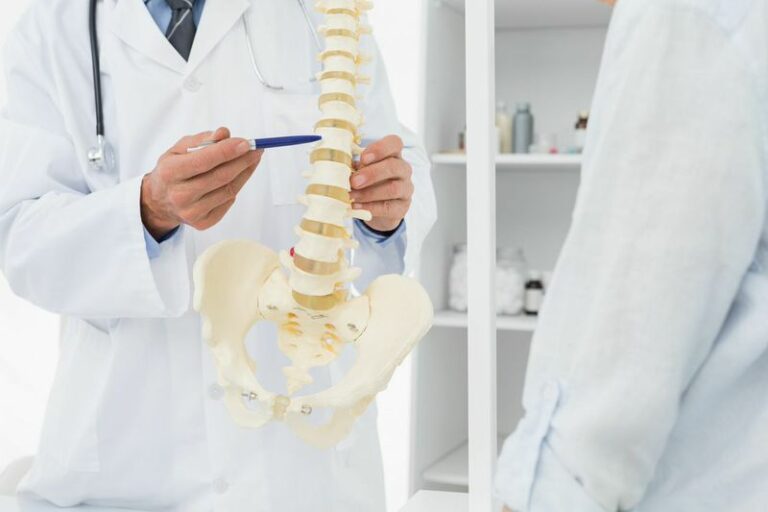
Spinal deformities can cause pain, mobility issues, and reduced quality of life. These conditions have the potential to develop at any age and may progress without proper medical intervention. Understanding when to seek specialized care can make a substantial difference in treatment outcomes and long-term spinal health. Here is more information on these conditions and how a spine doctor can help:
What Is a Spine Doctor?
A spine doctor is a medical specialist who focuses on disorders and injuries affecting the spine and surrounding structures. These physicians possess deep knowledge of spinal anatomy, biomechanics, and the treatment techniques for various spinal conditions. Spine doctors treat a wide range of conditions beyond deformities, including herniated discs, spinal stenosis, and traumatic injuries. They utilize advanced diagnostic tools, including MRI, CT scans, and X-rays, to accurately assess spinal health.
What Are Spinal Deformities?
Spinal deformities refer to abnormal curvatures or structural changes in the spine that deviate from normal anatomy. The healthy spine maintains natural curves that help distribute weight and absorb shock during movement. When these curves become exaggerated or develop in abnormal directions, they create deformities that can affect function and comfort.
Common types of spinal deformities include scoliosis, kyphosis, and lordosis. Scoliosis involves a sideways curvature of the spine when viewed from behind. Kyphosis creates an excessive forward curvature, while lordosis causes an inward curvature, typically in the lower back region. The degree of curvature and location along the spine determine the specific classification and treatment approach for each deformity.
What Causes Them?
Spinal deformities develop from various causes, with some conditions present from birth, while others emerge later in life. Congenital deformities result from abnormal spinal development during fetal growth. These conditions may involve malformed vertebrae or failure of vertebrae to separate properly during development. Additional causes include neuromuscular conditions, degenerative changes, and genetic factors.
What Are the Symptoms?
Symptoms of spinal deformities vary depending on the type, severity, and location of the condition. Some people with mild deformities experience no symptoms initially. As conditions progress, pain becomes a common complaint, ranging from mild discomfort to severe, debilitating pain that interferes with daily activities.
Visible signs include uneven shoulders, prominent shoulder blades, or an asymmetrical waistline when viewed from behind. Functional limitations often develop as deformities progress. These may include difficulty breathing due to reduced lung capacity, problems with balance and coordination, or limitations in range of motion.
How Can a Spine Doctor Help?
Spine doctors provide comprehensive evaluation and treatment for spinal deformities using both non-surgical and surgical approaches. The initial assessment includes a detailed medical history, a physical examination, and imaging studies to determine the extent and progression of the deformity. This information guides the development of personalized treatment plans.
Non-surgical treatments may include physical therapy, bracing, pain management, and modifications to activity. These approaches aim to slow progression, improve function, and reduce symptoms. Spine doctors monitor patients regularly to assess the effectiveness of treatment and adjust plans as needed.
Surgical intervention becomes necessary when conservative treatments fail to provide relief or when deformities progress to dangerous levels. Spine doctors perform various surgical procedures, including spinal fusion, instrumentation placement, and decompression. These procedures aim to correct alignment, stabilize the spine, and prevent further progression.
Schedule a Consultation Now
Spinal deformities require specialized medical attention to prevent progression and maintain quality of life. Doctors specializing in the spine possess the expertise and tools necessary to accurately diagnose and effectively treat these complex conditions. If you experience symptoms of a spinal deformity or have concerns about your spinal health, schedule a consultation with a qualified doctor now.



